As Dead by Daylight approaches its ninth anniversary, we find ourselves at a pivotal juncture within the gaming landscape. This asymmetrical multiplayer game has successfully weathered various storms in an ever-evolving industry and has emerged not only intact but thriving. In an age where many live-service games have faltered in their ability to adapt, Dead by Daylight has stood as a testament to what strategic evolution looks like. From adding new killers to innovative gameplay mechanics, the game shrewdly navigates its journey through the horror genre, illustrating a template that other titles can learn from.
The introduction of properties like the unsettling Springtrap from the Five Nights at Freddy’s franchise brings with it a fusion of nostalgia and novelty. However, it’s important to question the process of incorporating such iconic characters: was the horror gaming community eagerly awaiting Springtrap’s entry, or was this an anticipated arrival marked by fan demand? New characters can deeply shape the game’s narrative fabric, and when a beloved villain makes an entrance, it should feel like a natural progression rather than an obligatory gesture.
Crossover Controversies: A Double-Edged Sword
In a surprising twist, the much-discussed collaboration with The Witcher series has left many scratching their heads. One cannot help but raise an eyebrow at the decision to blend the far-reaching fantasy of The Witcher with the visceral and grotesque nature of Dead by Daylight. While crossover events can extend a game’s reach, they can also dilute its core identity. Geralt and Yennefer might be exciting additions visually, but do they resonate with the dread and terror that fans have come to expect from Dead by Daylight?
This trend of incorporating characters from vastly different franchises often feels more like a marketing strategy than a meaningful expansion of lore. It risks alienating core fans who appreciate the intense horror experience that Dead by Daylight has fostered. The clashing atmospheres of these universes could signal a troubling trajectory where developers are more focused on broadening their audience rather than deepening their existing narrative.
Continuous Improvement: Prospects and Hurdles
Looking beyond character additions, the future of Dead by Daylight appears promising with planned updates. The rework of the Archives and promised enhancements, such as gamma settings, show a commitment to improving user experience. Allowing more spectators in custom matches is an exciting move that could enhance community dynamics. Nonetheless, it prompts important questions: Are these innovations substantive enough to elevate gameplay, or do they serve more as window dressing for existing issues?
As the game lumbers towards a collaborative 2026 chapter, one must consider whether the focus on player involvement could genuinely transform the developer-player relationship. The ambition is commendable, and engaging the player base can lead to a collective investment in the game. However, there is always a risk that trying to appease a wider audience could lead to fundamental inconsistencies in gameplay experience.
The Balancing Act of Horror and Community Dynamics
Dead by Daylight’s success lies in its ability to maintain the delicate balance between horror and community engagement. The developers at Behaviour Interactive have demonstrated an admirable commitment to their fanbase, but they must remain cautious of diluting the horror core that has solidified its identity over the years. The latest announcements point towards a future that could excite or alienate fans, which puts them in a precarious position.
Ultimately, the charm of Dead by Daylight stems from its ability to surprise and engage its dedicated players while retaining a unique horror aesthetic. The upcoming anniversary is not merely a celebration; it’s a crucible for assessing how effectively the game can weave together its chilling narrative with innovative gameplay dynamics. Whether these transformations will serve to enhance the game or muddle its renowned appeal remains an open question, one that strikes at the heart of what it means to be a horror game in today’s diverse gaming ecosystem.
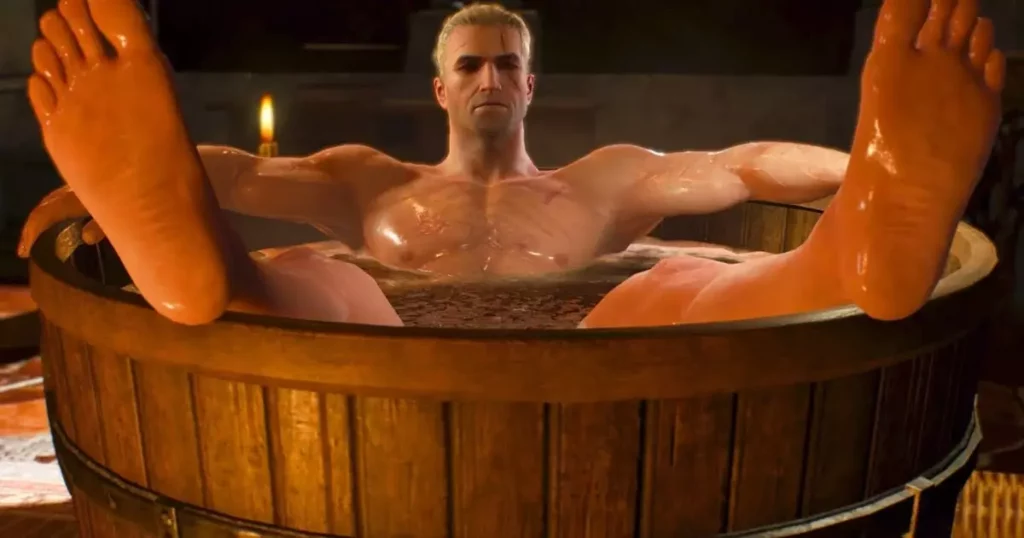

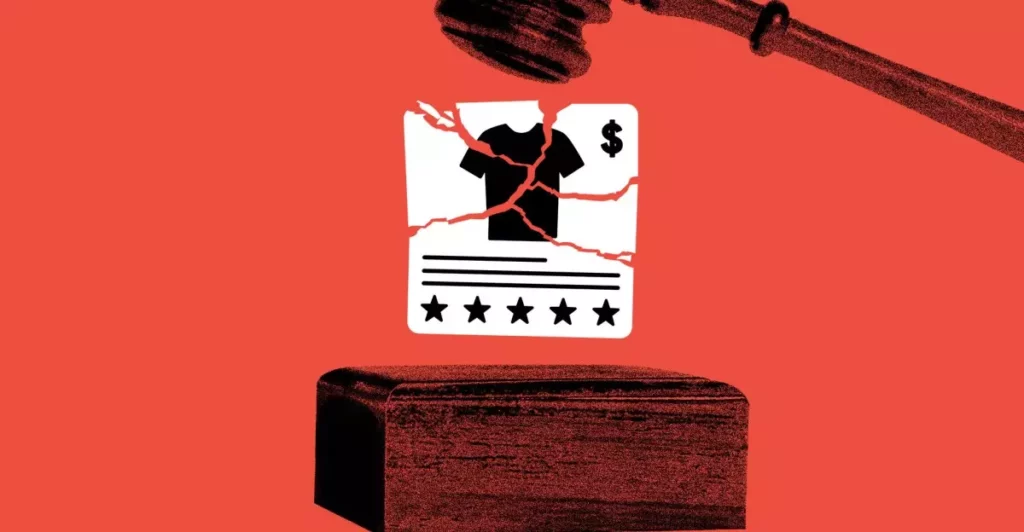

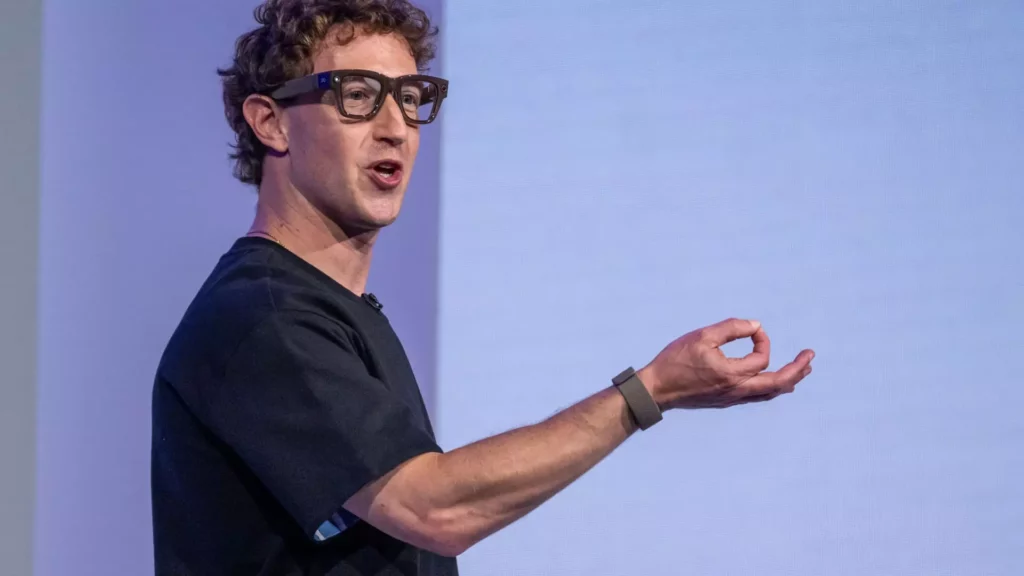

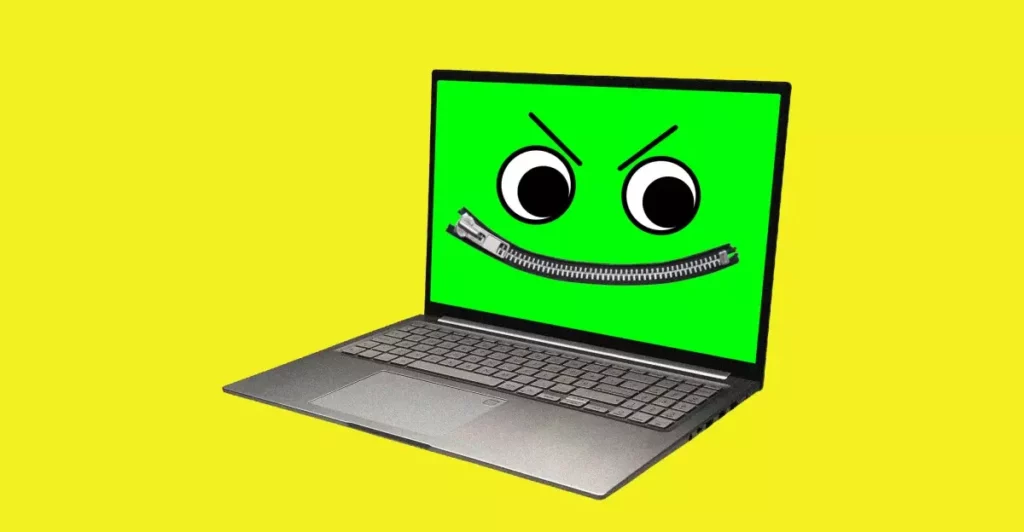
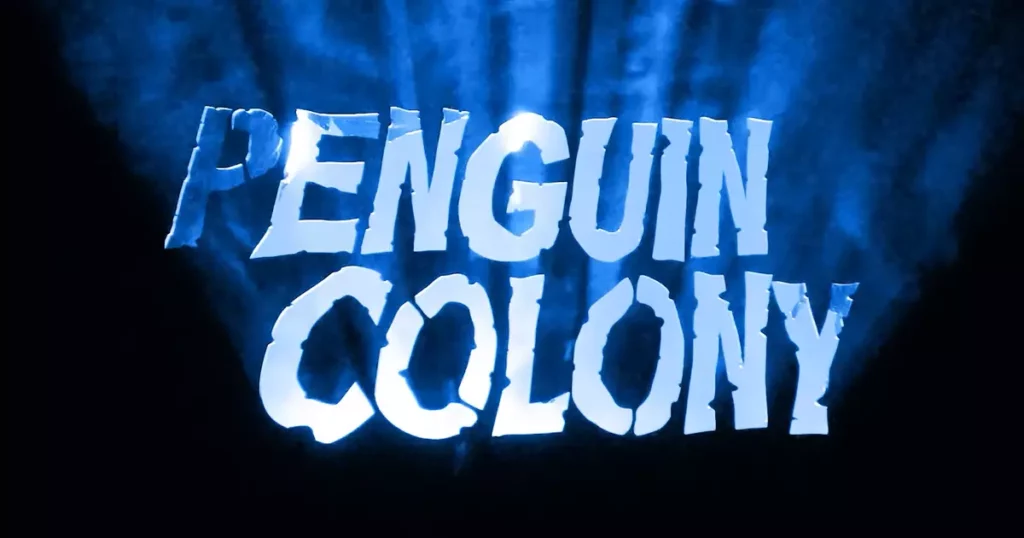
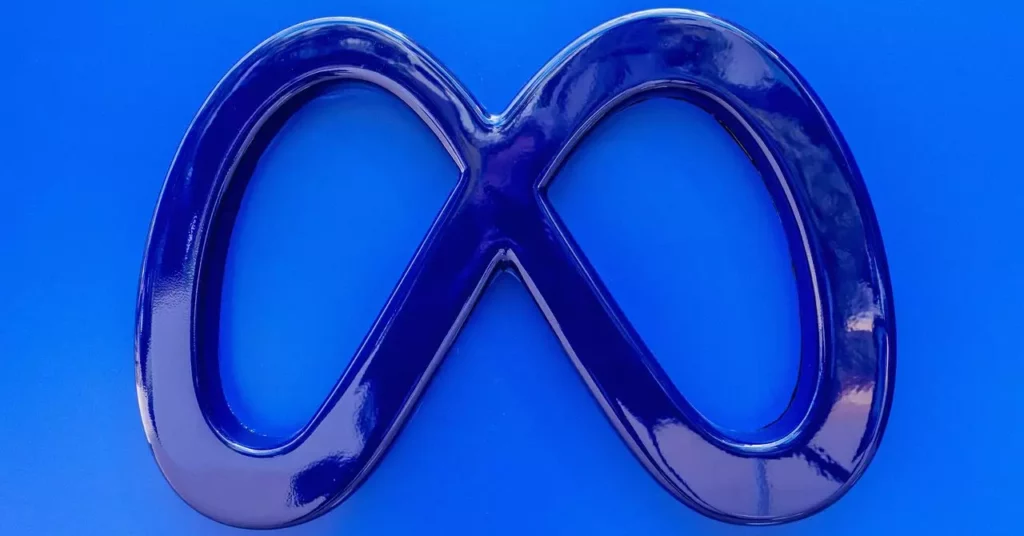
Leave a Reply